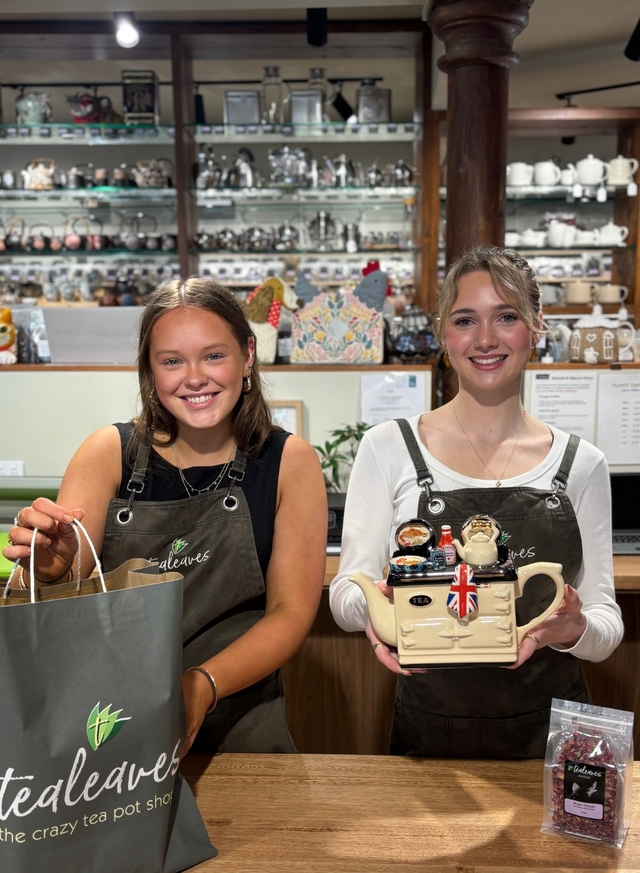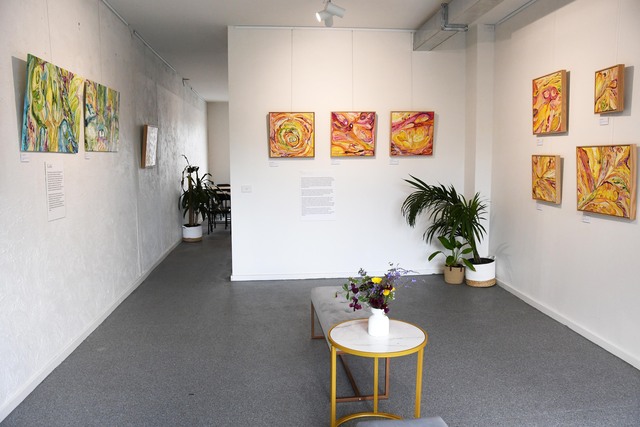Several suburbs across the Yarra Ranges have been identified as being ‘under-listed’ in Australia’s property market with fewer houses going under the hammer for June-July.
Making the top 20 nationally in Henderson Advocacy’s analysis were Wandin-Seville, ranking number four, and Belgrave-Selby coming in at 12.
In Melbourne, Wandin-Seville and Belgrave-Selby took out the top two spots, with Mount Evelyn and Emerald-Cockatoo also making the list.
Analysing suburb groups in the Statistical Areas Level 2 (SA2s), Henderson Advocacy found property listings to be well below the estimates.
Based on a typical annual property turnover rate of five per cent, the buyers agency calculated that 0.7692 per cent of the housing stock should typically appear on the market within an eight-week timeframe.
In Wandin-Seville for instance, which encompasses Wandin North, Gruyere, and Seville East, there were five new listings for the June-July period, making up just 0.2 per cent of the 2,647 occupied dwellings.
Henderson Advocacy CEO Jack Henderson said this trend is not just a statistical observation, but a real-world challenge for homebuyers in Australia.
“Our research reveals that the top 20 locations are showing about one-third of the listings we would expect to have counted in the last eight weeks,” he said.
For local agents however, the reason these areas are perhaps less stock heavy is primarily because of lifestyle.
Integrity Real Estate agent Jane Nunn said given the land sizes in the Wandin-Seville area, there isn’t as much stock to begin with and people keep property for longer.
“Wandin and Gruyere are areas where people tend to hold on to the land. So they’re not areas that tend to do a lot of transactions normally,” she said.
“Seville is changing a little bit because the shopping infrastructure has gone in there and some development has gone into there. But again, it’s just not an overly active area compared to say Healesville or Yarra Junction for example.”
Chandler and Co managing director Glenn Chandler said the Dandenong Ranges region, particularly Belgrave, is one of the most tightly held by property owners.
“People move here because of the lifestyle. They perhaps don’t have the same intensities as living in urban suburbs,” he said.
“When people move in, they don’t move out and that is a testament to the area.”
Another factor Mr Chandler said that has contributed to less houses appearing on the market in the Belgrave-Selby area is the weather.
“This year in particular, it has been quite a cold winter, so people don’t tend to put their houses on the market,” he said.
Ranges First National director Mick Dolphin said while the agency doesn’t track suburb by suburb sales, they have seen a drop across the board.
“I would say there’s 25 to 30 per cent less than normal and that’s across 16 postcodes from Tecoma to Mount Dandenong to Cockatoo,” he said.
Mr Dolphin said a typical week would see 25 houses listed for sale but it’s currently sitting at 10 to 15 per week, a trend he and his team have been noticing for six to 12 months.
Between April last year and February this year, Mr Dolphin said there was a 10 per cent drop in the market but that is now improving.
With interest rates rising over the last year, Mr Dolphin said it has seen people hold onto the security of their properties.
“When there’s uncertainty in the world people usually bunker down,” he said.
Mr Chandler said suburbs like Upwey and central Belgrave are continuing to sell well because of the proximity to train stations.
For areas like Emerald-Cockatoo, which takes in Beaconsfield Upper, Gembrook, Avonsleigh and Pakenham Upper, the Henderson Advocacy report showed 24 properties were put on the market in June-July, making it 0.4 per cent of the 6030 occupied dwellings.
Mr Dolphin said he too is seeing that the Cockatoo area is “picking up” in market listings.
Across the property market, there is hope the next few months will deliver more listings and sales in the region.
“We certainly had an influx of buyers and sales over the Covid period and they slowed down over the last 12 months,” Ms Nunn said.
“We’ve found literally in the last three or so weeks, there’s a lot more activity happening and with the activity once you get new listings then new buyers come into the area so it self generates itself into creating that more active market but we certainly can feel the difference at the moment.”
Similarly, Mr Dolphin said “the last two months have been quite good” with days on the market returning to a standard two to four weeks after late last year’s spike of 75 to 90 days.
“People would still be thinking the market is depressed, it’s not, it’s actually quite a good time to sell,” he said.







